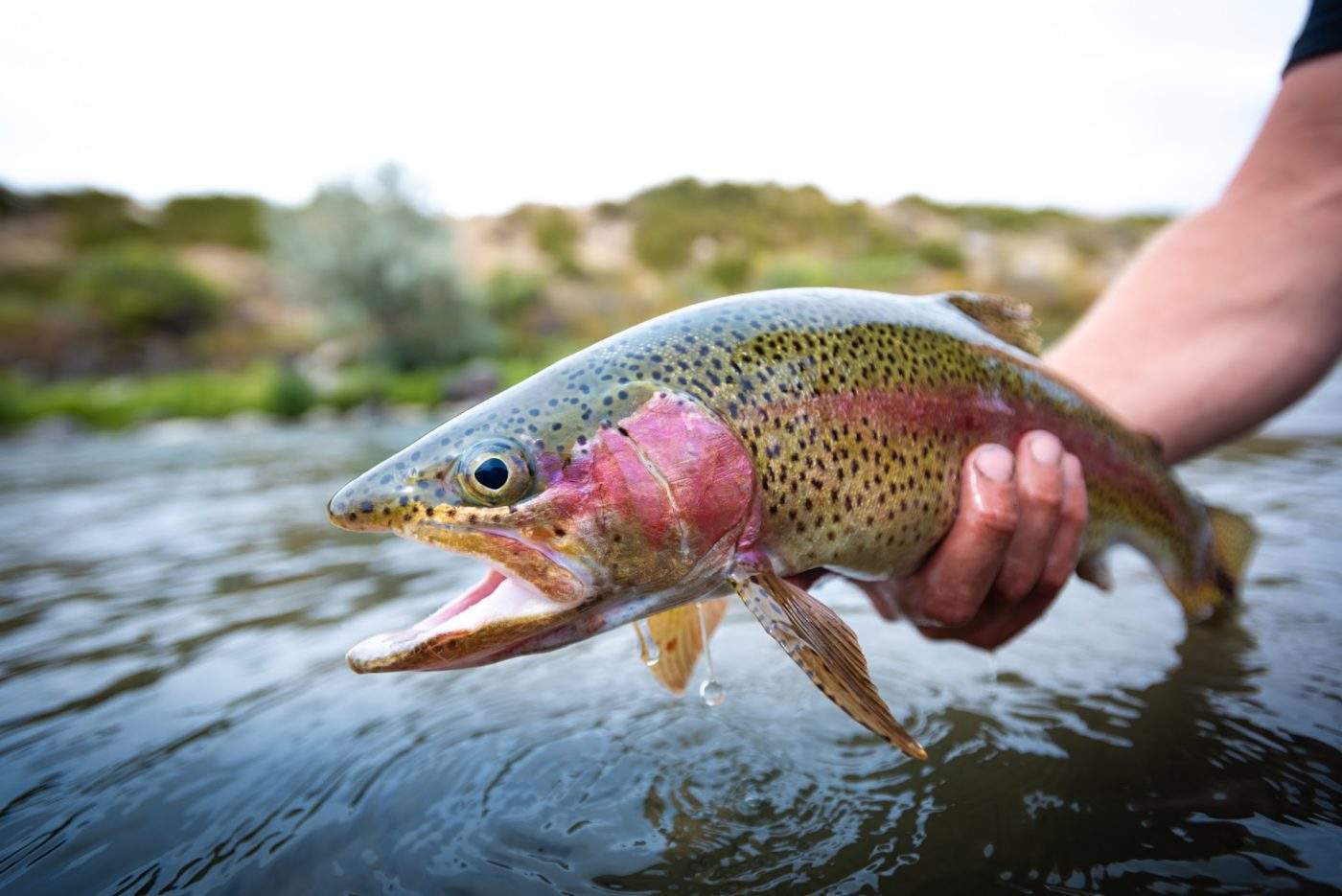We are often most impressed by the bigger things in life and our rivers are no exception to this bias. Despite this, I believe if you take some time to understand how watersheds work, you can be convinced that the little trickling mountain creek is just as, if not more, impressive than its downstream relative.
A watershed, simply put, is defined by the area that contributes water to a given stream.
In California, headwater health and function are critically important to most of the state’s population, and projects that aim to improve these factors have much further-reaching impacts than the tens to thousands of acres where they occur. As a hydrology specialist at the Sierra Institute I get to work on the front end of projects that aim to address critical watershed and forest issues. I am also part of a collaborative team that is currently analyzing the potential hydrologic effects of a nearly 5,000-acre forest thinning project along the west shore of Lake Almanor. This analysis will help drive the direction of the forest thinning work and help identify problem areas within the small watersheds along the West Shore of Lake Almanor. Within this project are several small headwater streams and meadows that will see a reduction in water demand from trees, receive road crossing redesign, and streamside road decommissioning. Although the creeks that will benefit from this work are small, these watershed improvements have the potential to increase both water quality and quantity, positively benefiting the entire Almanor basin watershed.

A watershed, simply put, is defined by the area that contributes water to a given stream. The caveat is each watershed is made up of smaller watersheds, and those smaller watersheds are made up of smaller watersheds, and those watersheds are made up of smaller watersheds, again and again, forever. Because of this connectivity the water in any river is the product of every action that occurred upstream of that point, from the molecular to regional level.
In California, most of the water that eventually makes its way to our reservoirs, farms, and cities falls as precipitation in the states mountainous headwater regions like the upper Feather River Basin. In the headwaters precipitation is consumed or stored by its various customers (e.g., soil moisture, groundwater, and vegetation) then the excess water flows into the small headwater creeks that dissect the Sierra Nevada landscape. Headwater streams make up more river miles than any of their larger downstream counterparts; with over 80% of total stream length on Earth consisting of headwater streams. These little worker bees of water are the backbone of the larger systems like the Sacramento River which make much of our downstream infrastructure, and economies, possible.
Look beyond the enormity and try to see the thousands of little creeks that lie within
Watershed and forest health are intrinsically linked in the Sierra Nevada headwater regions. Historic forest management practices such as fire suppression, in addition to climate change, have left headwater forests overstocked and our watersheds facing a changing precipitation regime. From a watershed perspective this has or will increase water demand from vegetation (i.e. less water available downstream); increase sedimentation rates due to catastrophic wildfires (i.e. poorer water quality); and increase precipitation in the form of rain rather than snow (i.e. less water available in summer months). Because of the watershed connectivity between our headwater and lowland areas, these effects will be felt throughout the state.
I hope that from reading this you can gain a better sense of why small headwater streams are important to downstream communities. So next time you pass by the Mississippi, Columbia, or Sacramento Rivers, look beyond the enormity and try to see the thousands of little creeks that lie within.


